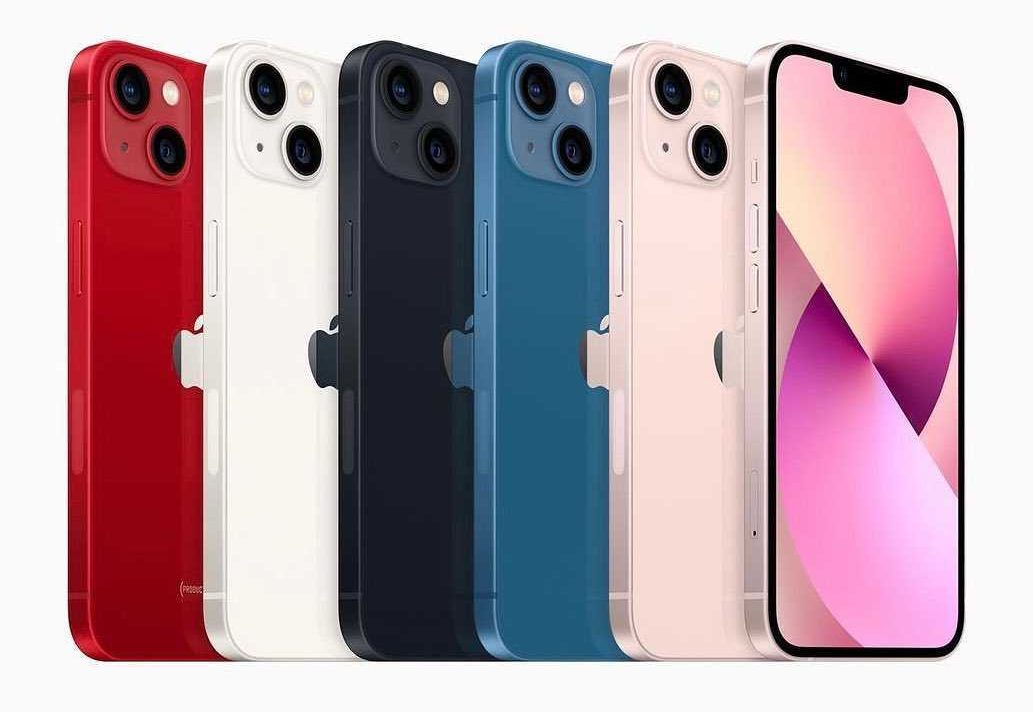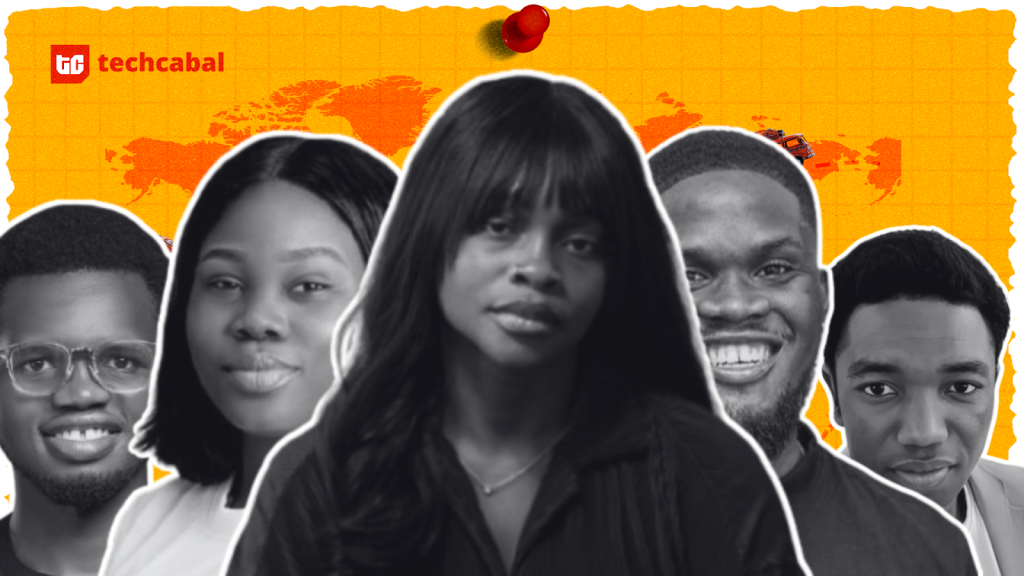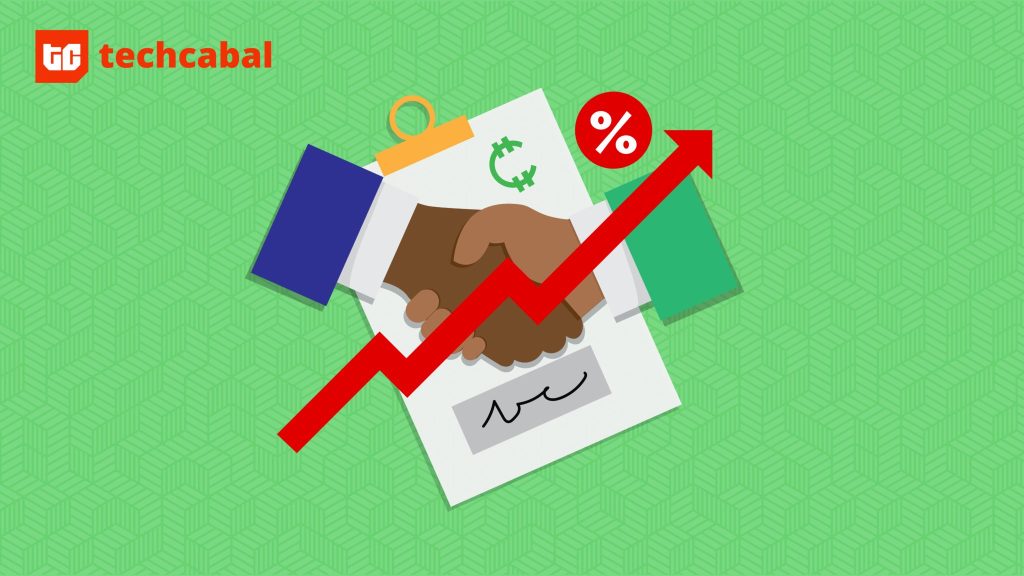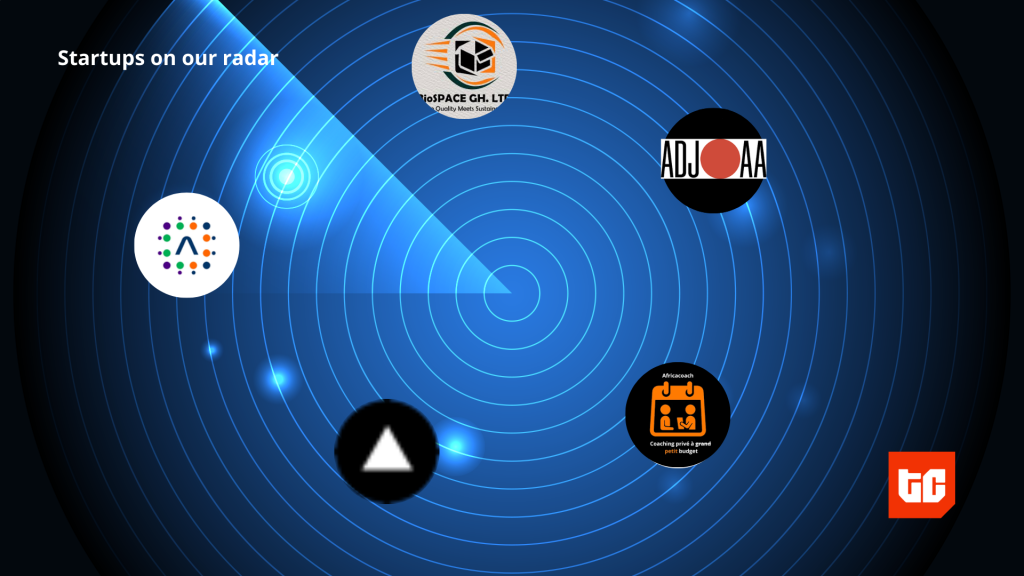After about a year of speculation and anticipation, Apple has released the iPhone 13 series.
During a virtual event on Tuesday, Apple announced that the iPhone 13 will come in four new models: the iPhone 13, 13 Mini, 13 Pro and 13 Pro Max.
What’s new about the iPhone 13 series?
Well, it looks very much like the iPhone 12 but two notable main updates were made to the phone’s display and camera. The new phones will also run on the latest version of Apple’s operating system, iOS 15. They also come with larger batteries, more storage (maximum of 1 Terabyte storage), a new A15 Bionic processor, a smaller notch and new camera features.
How much does it cost?
The iPhone 13 starts at $829 for 128GB, which is twice the storage the iPhone 12 started with; while the iPhone 13 Mini starts at $729 for 128GB of storage. The iPhone 13 Pro and 13 Pro Max start at $999 and $1,099 respectively, for 128GB storage.
IPHONE 13 SERIES US PRICES AND STORAGE
| Phone | 128GB storage | 256GB storage | 512GB storage | 1TB storage |
| iPhone 13 Mini | $729 | $829 | $1,029 | NA |
| iPhone 13 | $829 | $929 | $1,129 | NA |
| iPhone 13 Pro | $999 | $1,099 | $1,299 | $1,499 |
| iPhone 13 Pro Max | $1,099 | $1,199 | $1,399 | $1,599 |
Why the iPhone 13 series are more expensive in African countries
Over the years, there’s been a noticeable price difference for Apple products in African countries. So, TechCabal reached out to iPhone retailers in different African countries to find out when the iPhone 13 will be available and how much it’ll cost.
Nigeria
“Of course, you can expect that since the iPhone will be available on September 24, we’ll have it in Nigeria on or before October 1.” Emmanuel Osho, CEO of Bodds IT and Apple certified technician told TechCabal. “The price will be about 30% higher because it’s new and there’s a lot of hype around it.”
Despite the increased margin on the iPhone, Osho expects that the new iPhones will still sell out fast. A positive effect of the people purchasing the new iPhone 13 is that they’ll most times trade in their older iPhones, making room for other people to buy them at a more affordable price.
Currently, at an exchange rate of $1/₦550, the iPhone 13 128GB costs about ₦650,000, 256GB model costs ₦795,000 the 512GB model price in Nigeria is ₦850,000 and the 1TB model of iPhone 13 Pro Max costs about ₦1,100,000.
South Africa
In South Africa, the iPhone 13 will reportedly be available from October 8 according to iStoreZA, an Apple premium reseller. Although the store hasn’t revealed the prices, the iPhone 13 Pro 128GB is expected to go for around R23,499 ($1,640), while the iPhone 13 Pro Max 128GB could retail for around R25,999 ($1,815). This is a high price margin of over 50%, most likely influenced by the fact that an iPhone or iPod attracts 7% duties and 15% VAT in South Africa per Business Insider.
You can expect that the price of iPhones from other retailers to be around the same price range as the majority of Apple products sold in South Africa come through a sole distributor, Core Computer Group.
Kenya
In Kenya, TechCabal spoke to a Salute iWorld, an authorized Apple product retailer at Yaya Center, Nairobi.
A representative of the retailer told us that they expect to have the iPhone 13 in their stores within the next two weeks.
While he couldn’t comment on how much it’ll cost he mentioned that in general Apple products are charged a 16% import fee with an additional 6% added on for Value Added Tax (VAT). This is aside from the transportation cost and the profit margin that the retailer will add to arrive at a final price for the public.
So 30% increase in price in Kenya, at an exchange rate of $1/KSh110, means the iPhone 13 128GB costs about KSh110,000, the iPhone Pro model starts from KSh152,000, the iPhone Pro Max model starts from KSh182,000.
The iPhone 13 looks like it offers a bit over its predecessor. But not so much that it’ll compel many to upgrade. In the context of Africa, it brings up the question of whether the minor upgrades are worth paying at least an additional 30% – 50% to get the new iPhone 13 in Nigeria, Kenya or South Africa.
Alexandria Williams contributed to this article.











